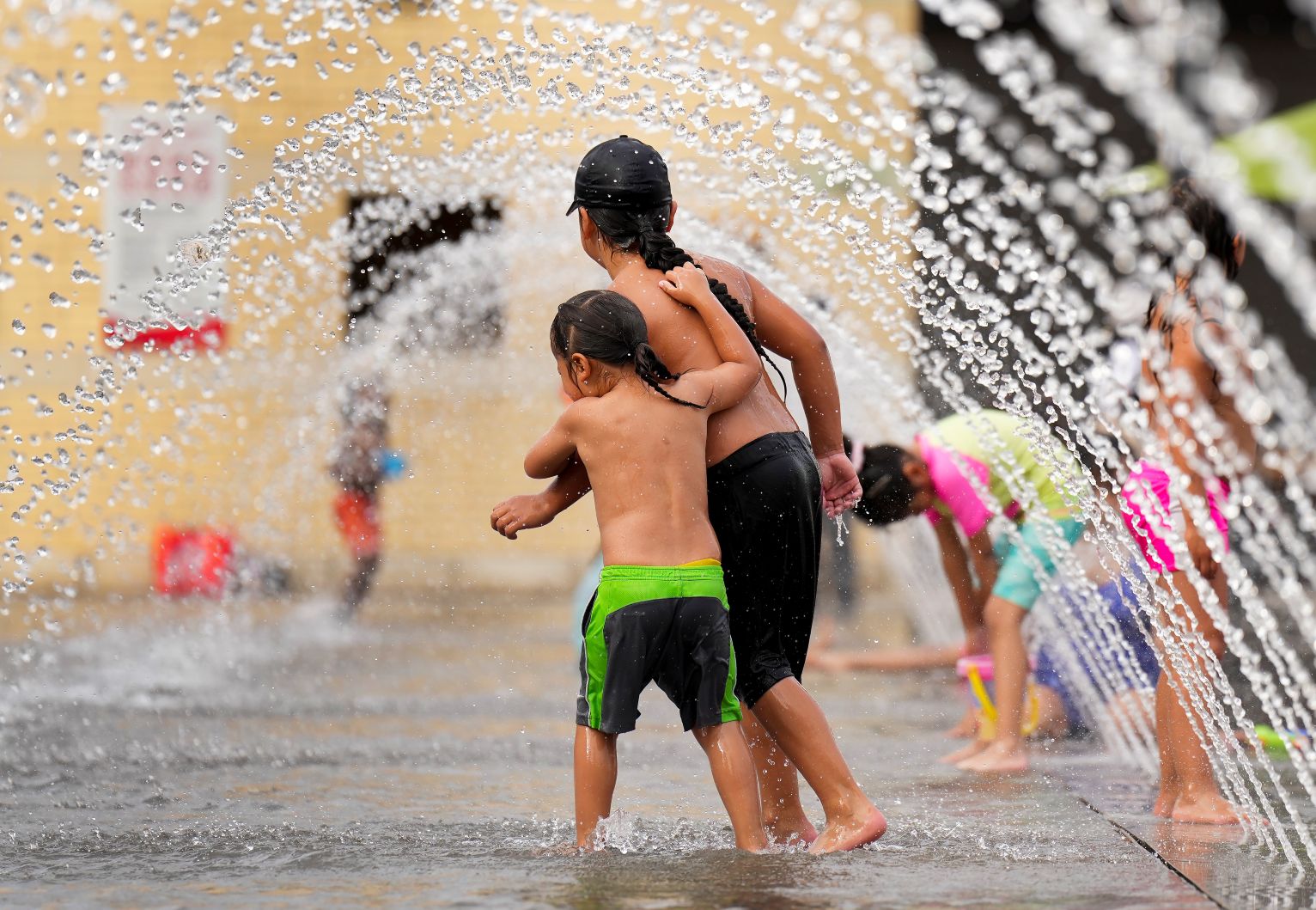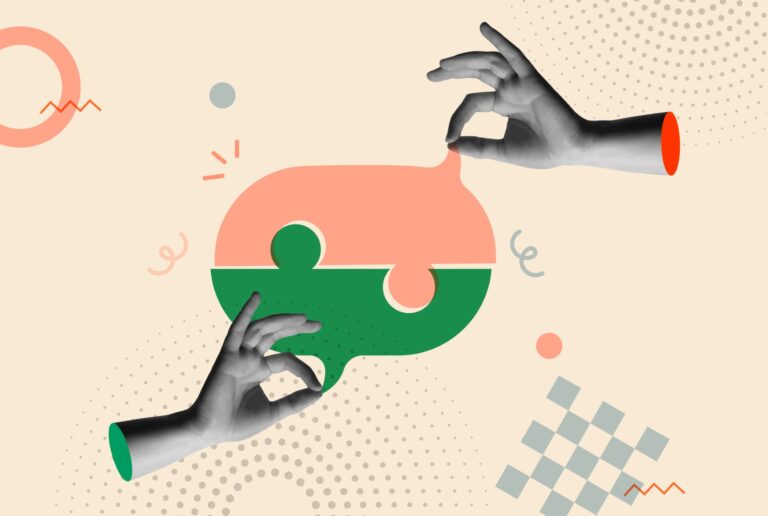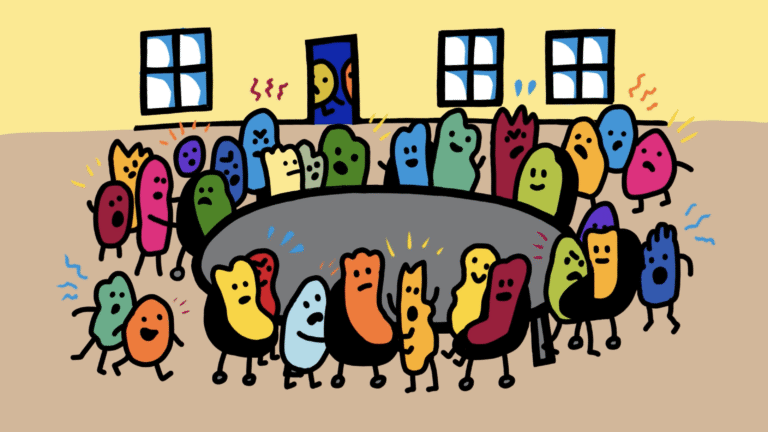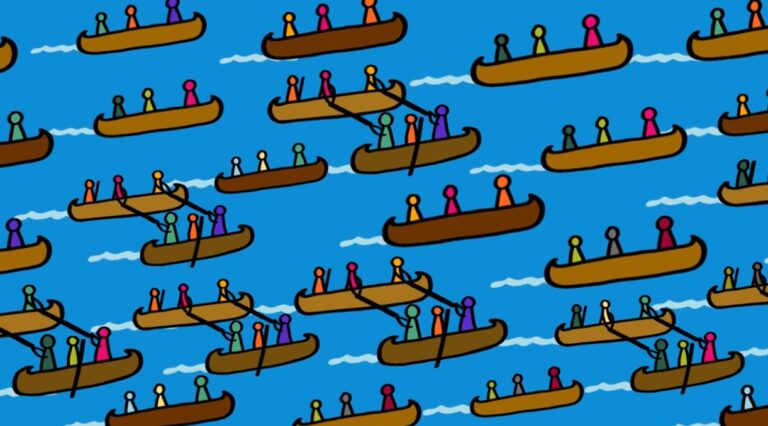Decades of high fertility rates among Indigenous Peoples have meant that they have had among the youngest and fastest growing populations in Canada. Their unique demography has had significant implications for reserves, northern and rural communities and Prairie provinces.
Our research published in Demographic Research, however, shows that Indigenous fertility rates have begun to decline over the past decade, which will have profound implications for communities and service delivery.
The drop in Indigenous fertility rates means that, over time, the Indigenous population, like the broader Canadian population, will begin to decline. This will have significant short-term and long-term impacts on communities and Canada more broadly. For example, Indigenous communities will need to refocus their resources.
Changing rates of Indigenous Peoples’ fertility will also impact Canada more broadly, especially at a time when the country is facing geopolitical pressures, including the threat of annexation. Populating rural and northern regions will be key to maintaining Canada’s sovereignty. Lower fertility rates among Indigenous populations could pose new security and political challenges for the country.
Trend points to a need to reorient community services
Using data from the confidential long-form Canadian census microfiles from 2000, 2006, 2016 and 2021, and the National Household Survey of 2011, we find that Indigenous fertility rates have declined to the point that they are close to converging with those of the overall Canadian population.
Replacement fertility is the average number of children needed to maintain a stable population, which is usually considered to be 2.1 children per woman. Although the Indigenous fertility rate was close to replacement level in 2001, 2006 and 2011, it declined to below-replacement fertility in 2016 to 1.82, and then even further to 1.54 in 2021.
Populations with high fertility rates and large cohorts of children need to invest in prenatal services, schools and youth recreation programs. However, in communities with low fertility rates, the cohorts of children will be much smaller, which means reorienting investment to mid-life skills training and employment, elder care, chronic-disease management and end-of-life care.
Indigenous Peoples, however, are not a homogenous group, a fact that is often ignored by policymakers and non-Indigenous Canadians. There is important variation across constitutionally recognized status groups, not to mention regions, reserves, linguistic and cultural groups, and on- and off-reserve populations. Each of these factors drives important policy considerations.
For example, within our study, the Inuit had the highest fertility rate, holding steady between 2.3 and 2.6 over the study period. Status Indians (the legal term used by Statistics Canada), by contrast, had above-replacement fertility rates in 2001, 2006 and 2011, but, as of 2021, they had below-replacement fertility rates. Non-status Indians and Métis had below-replacement fertility rates for the entire study period, around 1.6 in 2001 for both groups, dropping to a very low 1.13 for non-status Indians and 1.23 for Métis in 2021.
As a result, the gap between the fertility rates of Indigenous Peoples and the rest of the population has narrowed over the past two decades.
The fact that the Inuit population has above-replacement fertility rates implies a stable population with some growth, which bodes well for the North. This will help maintain Canada’s sovereignty and drive economic growth in the region. However, for other Indigenous Peoples, it points to a need to probe the trends further; that is, to consider whether differences exist in fertility rates between Indigenous people living on and off reserve, something we were unable to examine in our research. This is important because about 60 per cent of status Indians live off reserve as do most Métis and non-status Indians.
Understanding shifts in Indigenous identification
Another factor that could be shaping the trend in Indigenous population growth is the “fuzzy” nature of how Indigenous identities are captured and measured in the census. This is compounded by shifting Indigenous identity claims through census self-identification. About 24.6 per cent of those who identified as Indigenous in response to Statistics Canada’s self-identification question in 2016, identified as non‑Indigenous in 2011.
Whatever the reasons behind these trends, our research shows that Indigenous demographics are shifting and that this will reshape the futures of Indigenous communities and Canada. It also shows that to effectively meet the needs of these communities, it is important to understand the diversity of their experiences and then look to the short-, medium- and long-term impacts of demographic change.













